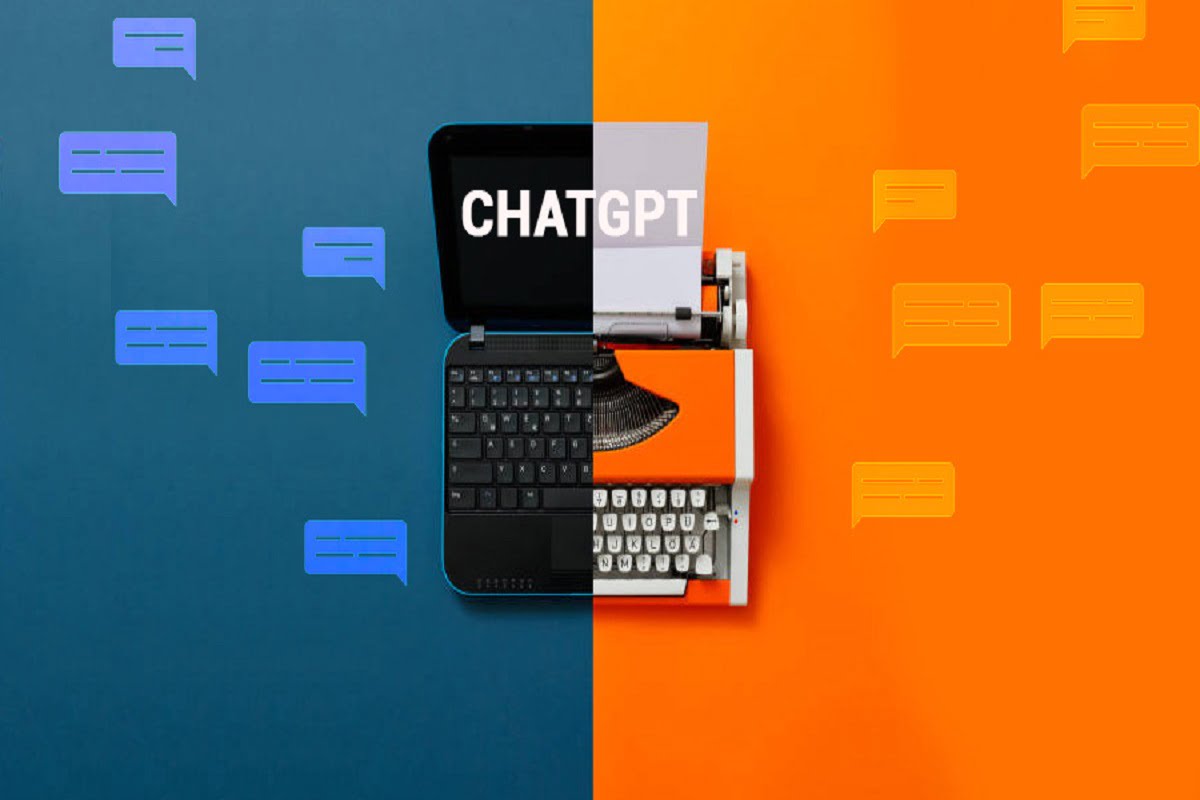An AI-driven chatbot system called ChatGPT was created by OpenAI, a non-profit corporation established in 2015. The Generative Pre-trained Transformer (GPT), often known as GPT-3, is the chatbot system’s primary learning tool. The GPT models are deep learning algorithms that have been taught to produce text in response to text that has been written by humans.

The GPT-3 model is trained using reinforcement learning from human feedback (RLFH). This enables the model to increase its computing capabilities by learning from its errors. Because they can be tailored for a number of particular NLP tasks, such as language translation, language production, and text classification, GPTs are superior than other AI-based chatbots. This is so that they may learn more about language structure and patterns as they have already been pre-trained on a sizable corpus of unstructured text data, such books or articles.
ChatGPT is capable of carrying out a variety of activities, such as acting as a “therapist” and “debugging” software as well as “creating” poetry. It is a chatbot that, like other AI-based chatbot programs, can be used to carry out daily chores and look up information. However, 1700 US people were polled as part of a survey sponsored by Ujet, and 72% of the respondents thought chatbots were only “time-killers.”
Despite this, companies in sectors like e-commerce are prioritizing chatbots. The efficiency of these enterprises can be greatly increased by teaching a machine certain frequently asked questions or queries about company enquiries, sales, and customer support. The huge AI and machine learning capabilities of ChatGPT make it an interesting advancement in the chatbot industry.
